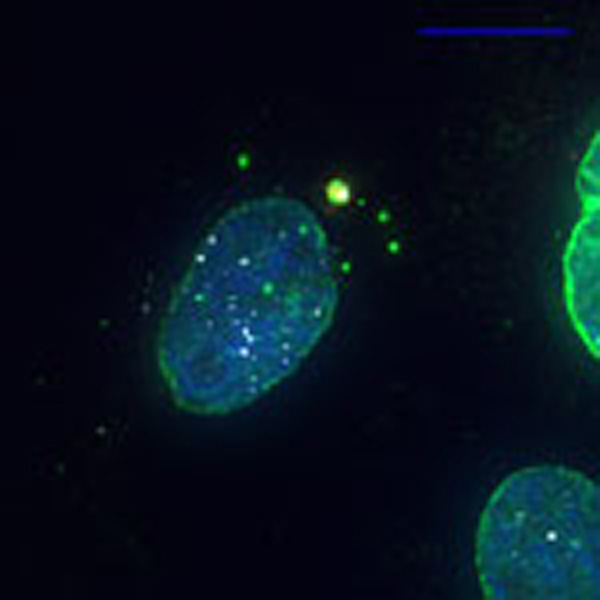Navigation auf uzh.ch
Navigation auf uzh.ch
Cell biologists at ETH Zurich describe a new organelle present in mammalian cells that is made of rings of DNA. This “mini-organ” could potentially play a role in autoimmune diseases, and it could help researchers to understand how cell nuclei evolved.

In brief